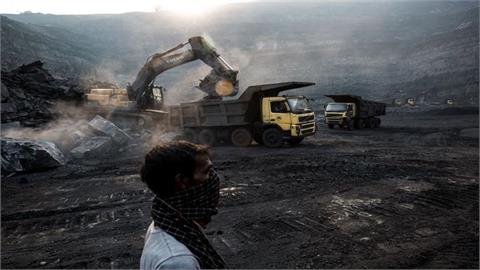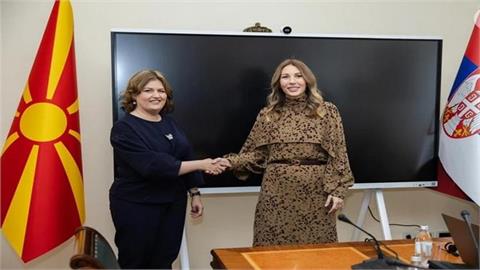A report published by state statistical institute, INSTAT, show Albania’s trade gap expanded to 223 billion lek (€1.64 bln) in the first eight months of this year, up 6.3 percent compare to the same period last year.
The widening of the trade gap came as exports grew by 12.8 percent in January-August 2017 while imports were also up by 6.3 mainly as a result of electricity imports of about €80 million during this summer as the prolonged drought almost paralyzed the country’s hydro-dependant domestic electricity generation.
Albania’s exports are back to double this year thanks to the resumption of production by the country’s largest steel plant and modest growth in garment and footwear sales, the country’s traditional top exporting industry.
Meanwhile, oil exports have registered only a modest increase as a considerable part of domestic production is being sold to a local refiner.
Albania is a net importer with exports covering only about half of total imports. Italy, Greece and China are the country’s main trading partners.
Albania’s exports registered modest growth of 0.1 percent in 2016 following a 5 percent decline in 2015 when they returned to negative growth rates after first contracting in 2009 soon after the onset of the global financial crisis.
The 2017 export prospects appear more optimistic as international oil prices are expected to slightly pick up with a positive impact on new drilling plans by oil companies.
Albania’s exports heavily rely on garment and footwear manufacturing as well as oil and base metals whose share in the country’s exports is estimated at two-thirds, making them vulnerable to international headwinds.
(www.tiranatimes.com, September 21, 2017)



